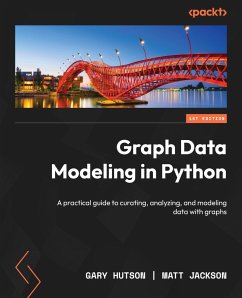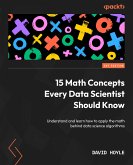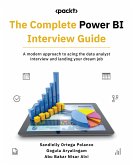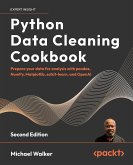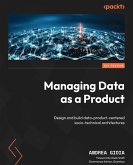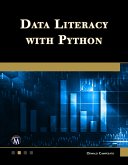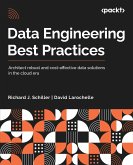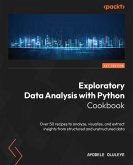Graph Data Modeling in Python will guide you through designing, implementing, and harnessing a variety of graph data models using the popular open source Python libraries NetworkX and igraph. Following practical use cases and examples, you'll find out how to design optimal graph models capable of supporting a wide range of queries and features. Moreover, you'll seamlessly transition from traditional relational databases and tabular data to the dynamic world of graph data structures that allow powerful, path-based analyses. As well as learning how to manage a persistent graph database using Neo4j, you'll also get to grips with adapting your network model to evolving data requirements.
By the end of this book, you'll be able to transform tabular data into powerful graph data models. In essence, you'll build your knowledge from beginner to advanced-level practitioner in no time.
Dieser Download kann aus rechtlichen Gründen nur mit Rechnungsadresse in A, B, BG, CY, CZ, D, DK, EW, E, FIN, F, GR, H, IRL, I, LT, L, LR, M, NL, PL, P, R, S, SLO, SK ausgeliefert werden.

